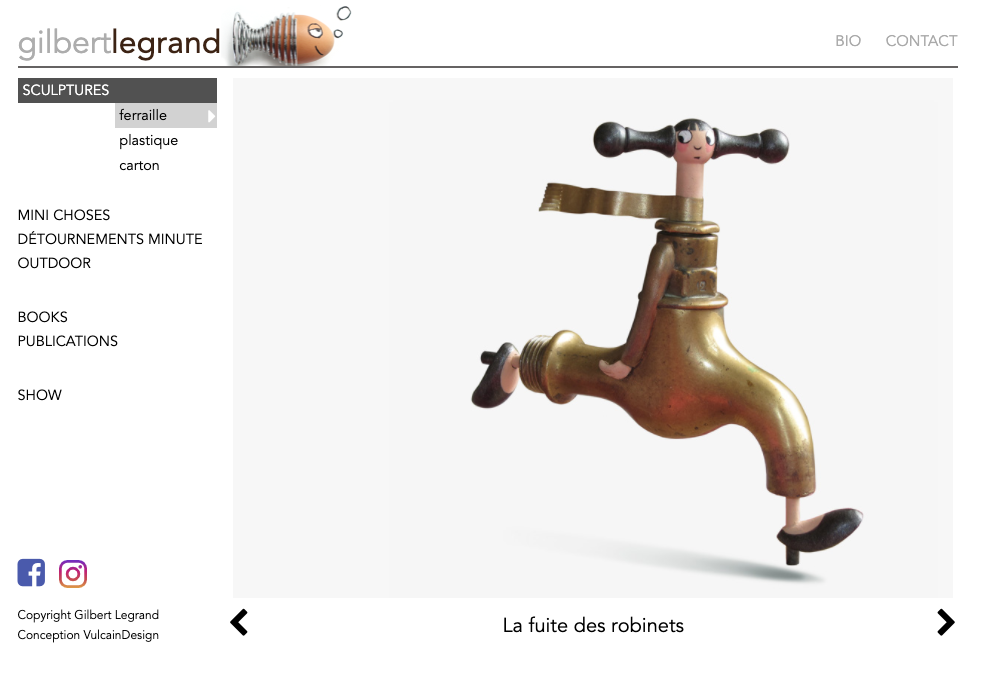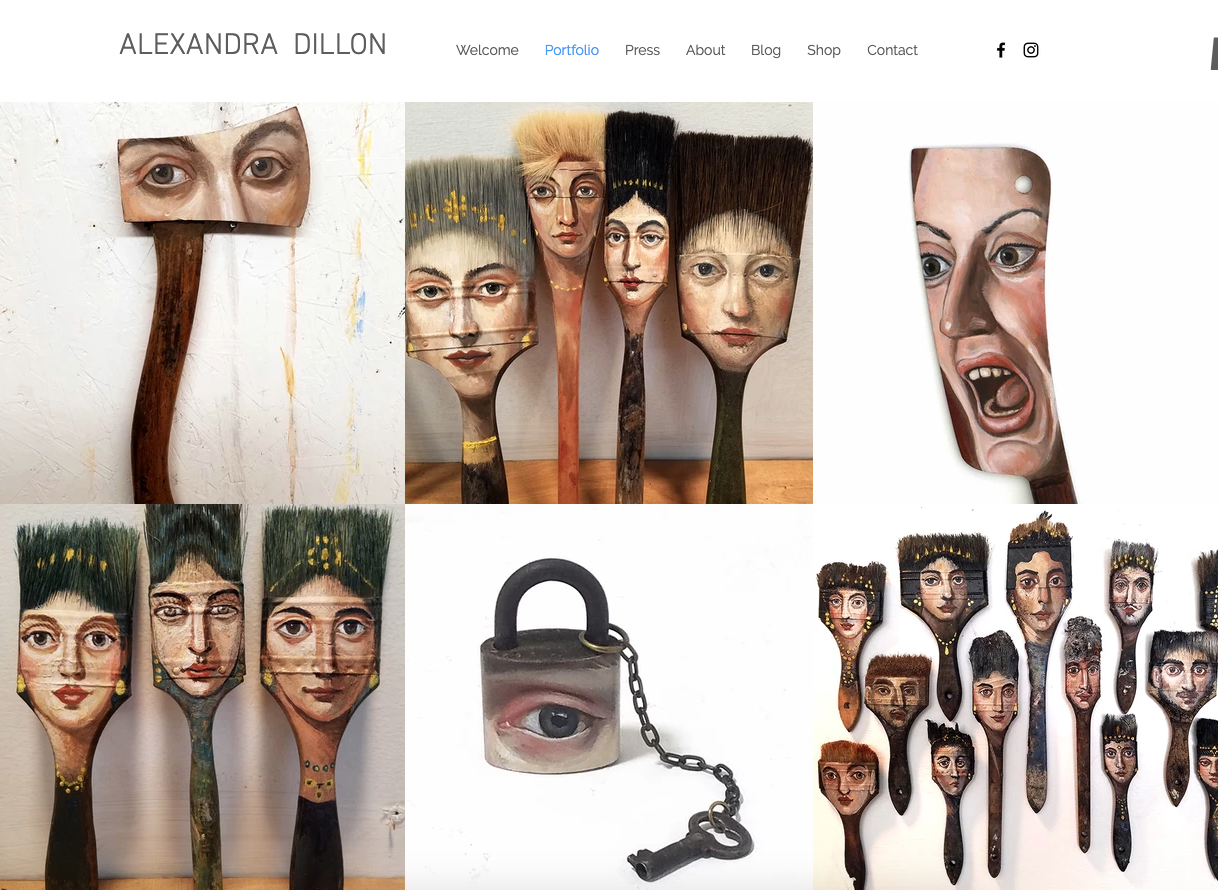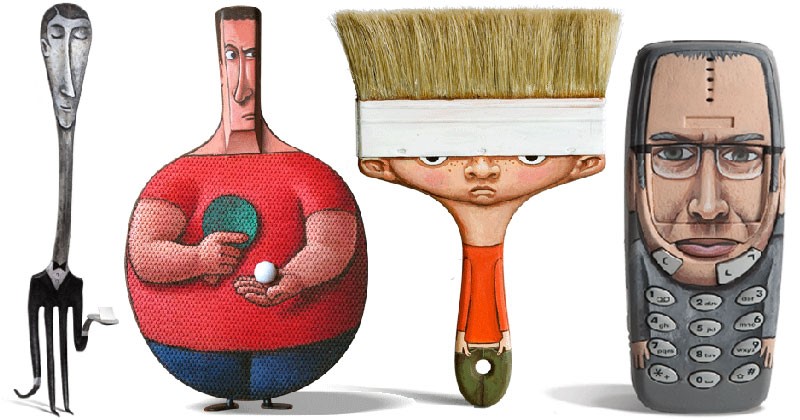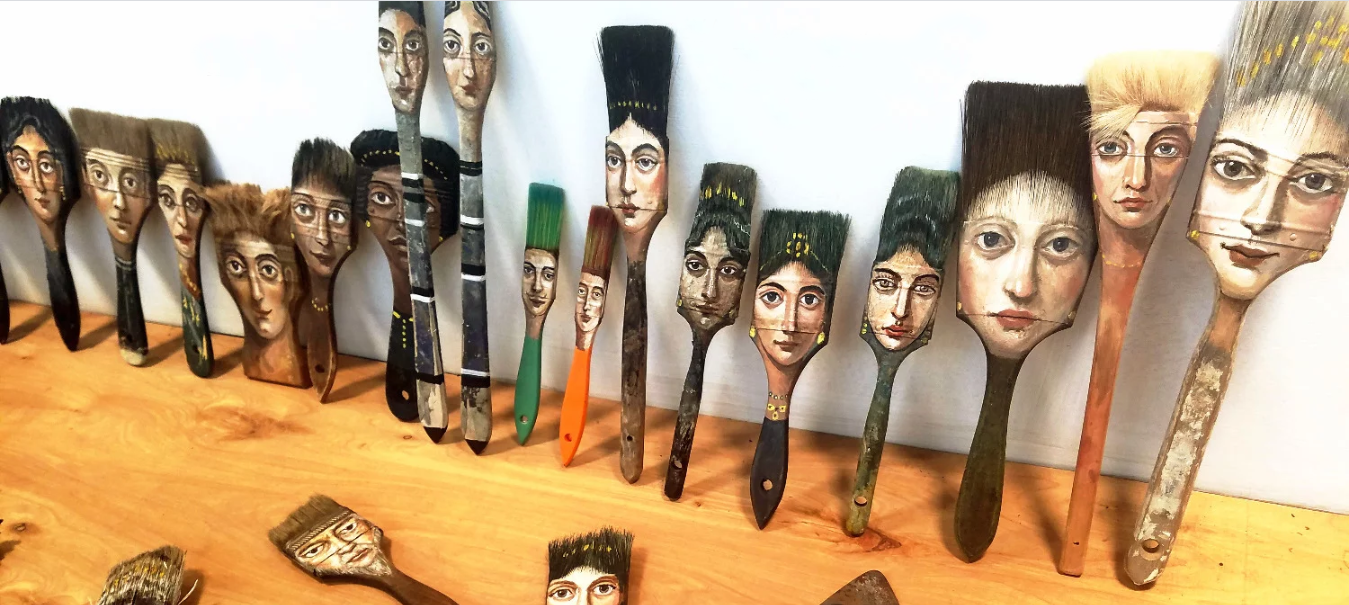By Claire Corbey
Create a new friend (or friends) from one object or more. Try to find hidden people and animals in things such as toys, table tennis paddles, old containers, tape measure, lamps and light switches.
Feel free to use whatever medium you wish to realise your character. Creatively use the contours and details of a particular object to craft a fantastical portrait.
Don’t forget to share your creations or post online and tag @natsatclub
Overview
In our current lockdown situation where many people are isolated from others we are reminded that no one person is an island. In the (2000) movie ‘Castaway’ Tom Hanks’ character ‘Chuck Noland’ makes a friend (Wilson) from a football to talk to in his isolation; trapped on a desert island.
As intelligent and creative beings, humans are programmed to see faces and characters in ‘things’ such as clouds, trees, rocks and also manmade items such as cars, light switches and even vacuum cleaners e.g. Henry Hoover.
Artists often seek inspiration in the most unlikely items and situations. Everything is interesting to an Artist…and if it isn’t, look a bit closer!
Dada and Surrealist Artists such as Marcel Duchamp, Rene Magritte and Salvador Dali challenged preconditioned concepts and perceptions of reality with their depictions of objects in unusual contexts, appropriation, optical illusions, nonsensical ideas and inventive humour. These ideas have become embedded in popular culture.
Examples of this can be found in cartoons and animations, where animals and objects are often anthropomorphised. In Disney’s portrayal of Beauty and the Beast, Belle is imprisoned in the Beasts castle where, in her enforced loneliness, she befriends objects such as a Clock, Teapot and Candelabra.
Look at the work of artists Gilbert Legrand and Alexandra Dillon who have explored our relationships with objects that exist within our environments and how they have transformed the objects around them into wonderful characters.
Materials needed
- Disused or recyclable household item(s).
- Acrylic Paint
- Paintbrushes
- Possible extras: Pens, Masking tape, glue, paper newspaper, wire, recycled cartons, packets, bottles, permanent markers etc.
Creating your character
1. Choose an object that inspires you (ensure that the object/s are no longer needed or can be returned to their original state if necessary)
2. Look to see how you can anthropomorphise your object effectively. If you’d like, you can sketch it as a character first
3. Add on other disused items if required to create an assemblage
4. When your object(s) are assembled and ready, start to add features with paint, pens, stuck on paper/masking tape or even modelling clay if you have any
5. Creatively use the contours and details of a particular object to craft a fantastical character
5. Photograph your character and share with us!
by artist Gilbert Legrand
by artist Alexandra Dillon
Further Development
To accompany your work write a brief back story about your created character. This might include:
- Where do they come from?
- What kind of personality do they have?
- Do they move? If so how?
- How do they communicate?
- Where do they live?
- Do they live with others? If so who?
- What do they enjoy doing?
Thank you for taking part in the Coventry University Art&Design Saturday Club Workshop.
Don’t forget to share your creations or post online and tag @natsatclub
Resources & References
Artists:
Contributed by Claire Corbey, Coventry University Art&Design Saturday Club
Claire Corbey is a Lecturer in Art and Design, Technical Instructor at Fab Lab Coventry and has been Lead Tutor of the Saturday Club at Coventry University since September 2019. Claire has a background in Fine Art, Illustration and Sculpture and has exhibited her work across Europe and in the US. In the last two years Claire has worked and tutored in a multitude of disciplines such as digital technologies, fashion and Jewellery with a particular interest in the circular economy and sustainability; she has also worked extensively with arts and community organisations to promote visual arts and digital media projects.
“Working with the Saturday Club members has been inspirational, they have such talent, enthusiasm and commitment for the subject. It’s an honour to be part of such a valuable project that gives young people the opportunities to explore their creativity and extend their skills and knowledge”.



